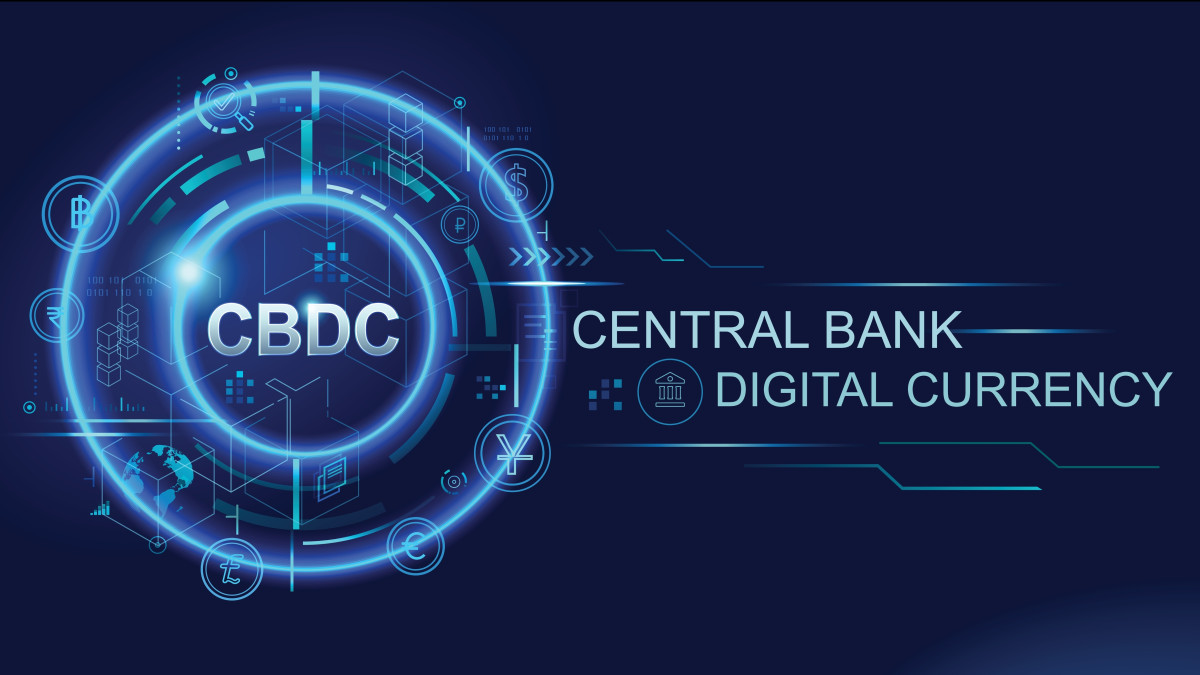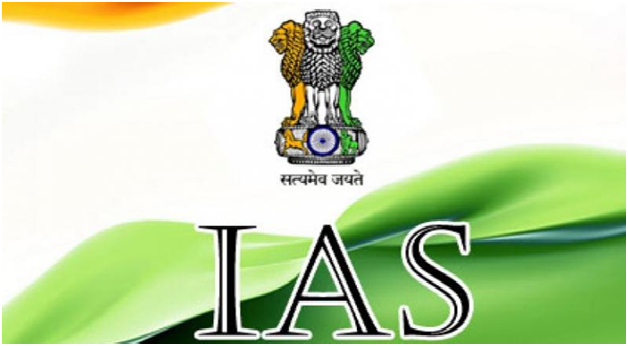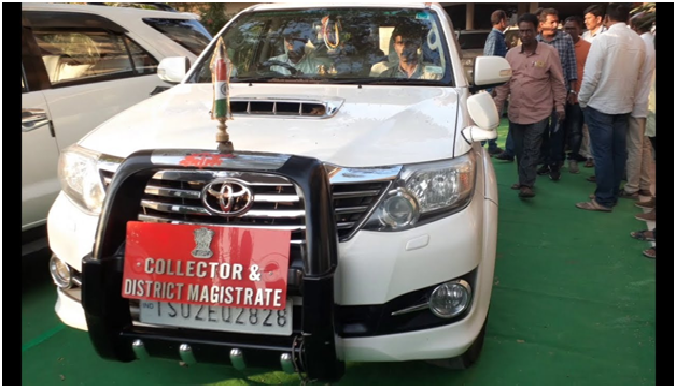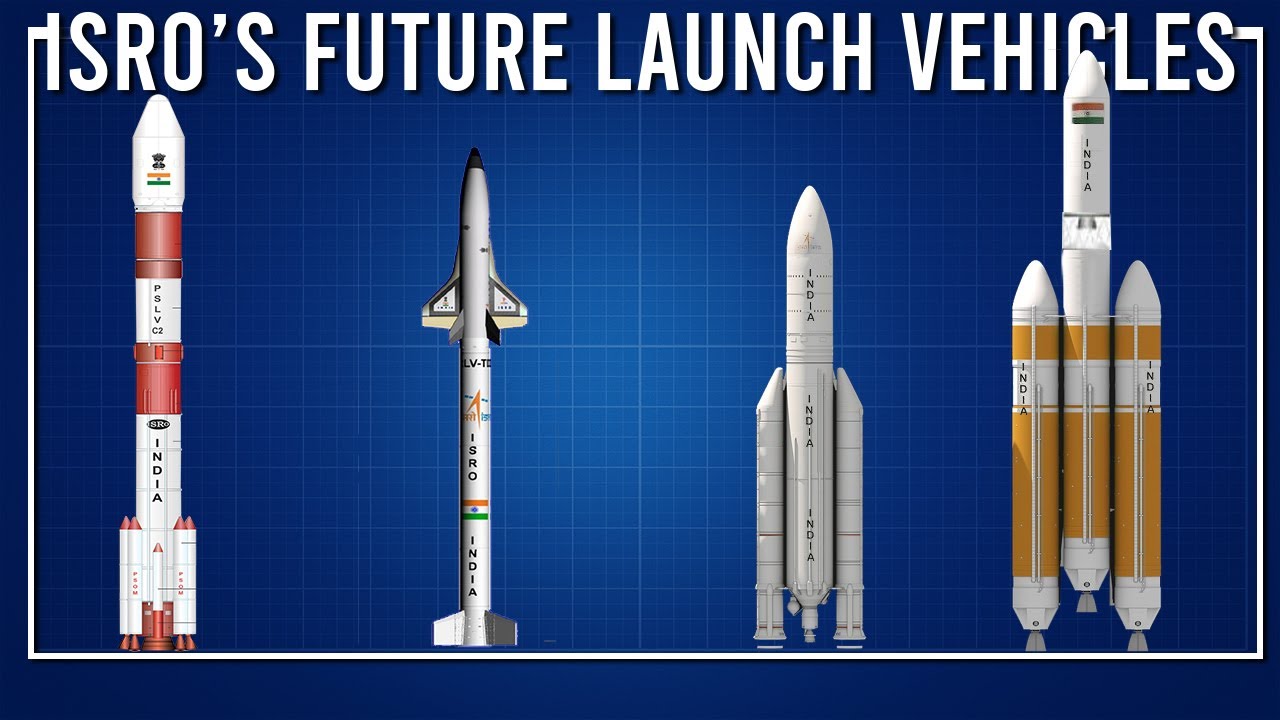CENTRAL BANK DIGITAL CURRENCY
Why in news? : RBI, which has repeatedly voiced its opposition to private digital currencies, had proposed to the government to widen the scope of the paper rupee to include currency in a digital form.
What is a CBDC? : As per RBI, “CBDC- Central Bank Digital Currency is the legal tender issued by a central bank in a digital form. It is the same as a fiat currency and is exchangeable one-to-one with the fiat currency. Only its form is different.” The digital fiat currency or CBDC can be transacted using wallets backed by blockchain.
Features of CBDC : Directly inspired by Bitcoin, it is different from decentralised virtual currencies and crypto assets, which are not issued by the state and lack the ‘legal tender’ status. CBDCs enable the user to conduct both domestic and cross-border transactions which do not require a third party or a bank.
How it can help? : It has the potential to provide significant benefits, such as reduced dependency on cash, higher seigniorage due to lower transaction costs, reduced settlement risk. Introduction of CBDC would also possibly lead to a more robust, efficient, trusted, regulated and legal tender-based payments option. There are also associated risks which need to be carefully evaluated against the potential benefits.
How to execute? : RBI had proposed amendments to the RBI Act, 1934, which would enable it to launch a CBDC.
Why it is a concern? : RBI has repeatedly flagged concerns over money laundering, terror financing, tax evasion, etc with private cryptocurrencies like Bitcoin, Ether, etc. Introducing its own CBDC has been seen as a way to bridge the advantages and risks of digital currency.




.jpg)
.jpg)
.jpg)
.jpg)
.jpg)
.jpg)




